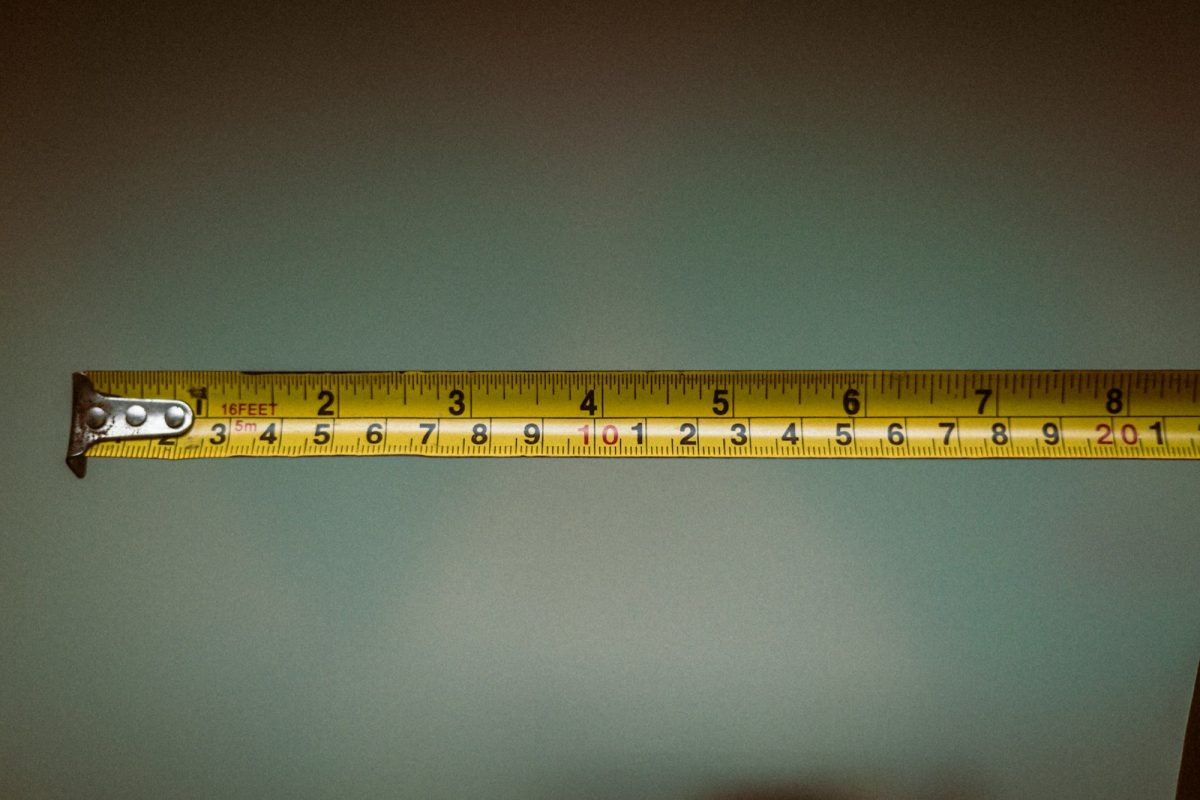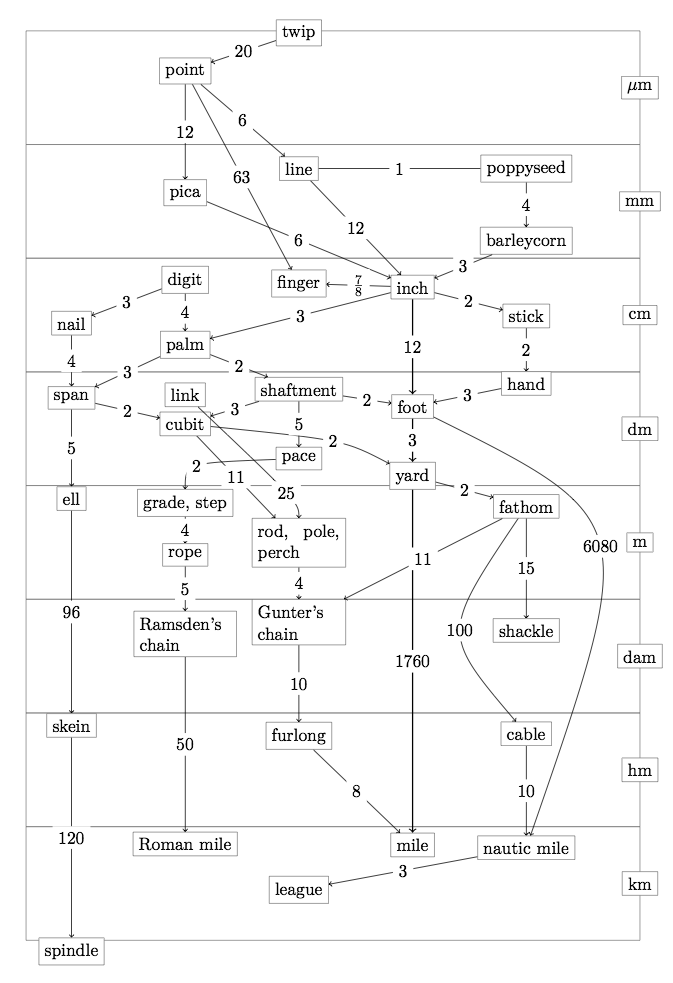A ruler usually has two units of measurement: Inches and centimeters. You may think that you simply use the unit that’s best. While that’s completely fine, the reality is that there has been a massive debate happening between these two units. This debate may decide which side of the ruler you’ll be using in the future.
A Simple System
Metric is better for a variety of reasons. Let’s start with the biggest one.
Metric is a simple system. Take a meter, a basic unit of length. 10 decimeters make a meter. (Note that this unit is not commonly used). 100 centimeters make a meter. 1,000 millimeters make a meter. The other way works too. 1,000 meters make a kilometer.
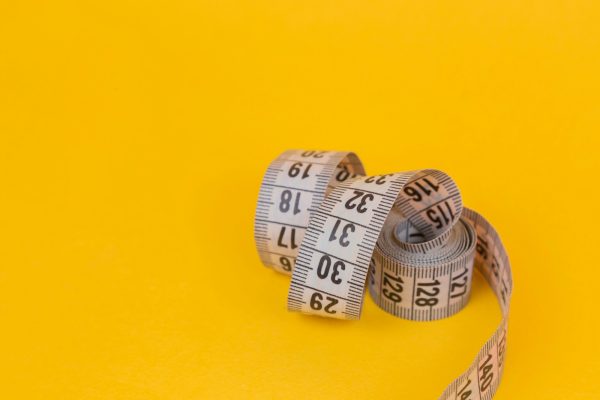 Everything is based on the number 10. If you divide or multiply a meter by 10, you get a new unit of measurement. It’s extremely simple to convert units, too. Let’s say we have 1,000 centimeters. Well, 100 centimeters is a meter, so 1,000 centimeters would be 10 meters. Simple!
Everything is based on the number 10. If you divide or multiply a meter by 10, you get a new unit of measurement. It’s extremely simple to convert units, too. Let’s say we have 1,000 centimeters. Well, 100 centimeters is a meter, so 1,000 centimeters would be 10 meters. Simple!
On the other hand, the imperial system is confusing with its conversions. 12 inches makes a foot. 3 feet make a yard. 1,760 yards make a mile.
With that information, how many inches are in a mile? The answer is 63,360 inches. The truth is that these conversions are too random to be simple.
It’s not just a debate of the ruler, though. It’s temperature, volume, weight, etc. The metric is simple in all of these measurements.
Going back to length, if you click on the gallery below, you can see conversion charts of both systems. You can really see how simple the metric system is.
The Catch
Think about this: Why would someone choose a foot to be 5,280? The truth is that no one did. The foot and mile came from different measuring systems that are much older than imperial. This next video explains why there are so many strange units in the system, and why the conversions seem so random.
Switching Sides
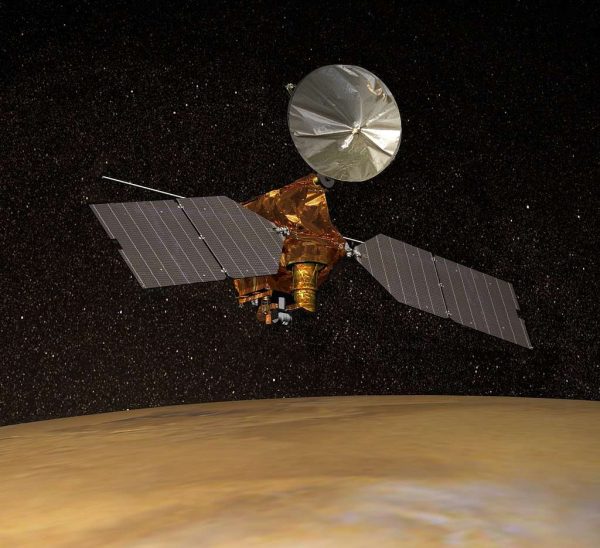 On September 23, 1999, the Mars Climate Orbiter was almost at its destination. This satellite was launched by NASA, and the total cost of the mission was almost $200 million.
On September 23, 1999, the Mars Climate Orbiter was almost at its destination. This satellite was launched by NASA, and the total cost of the mission was almost $200 million.
Suddenly, contact was lost.
The satellite had burned up in the atmosphere of Mars. It was all because a conversion between the imperial and metric systems had failed. Since then, NASA has fully switched to metric to avoid errors or confusion. It makes sense when hundreds of millions of dollars and even human lives are on the line.
Consistency is a big reason to switch to metric. Only 3 countries in the world use metric: the United States, Liberia, Myanmar, and the United Kingdom. Even then, the US and UK partially use the metric system. If all of those countries fully switch, it will be significantly easier to communicate with units around the world.
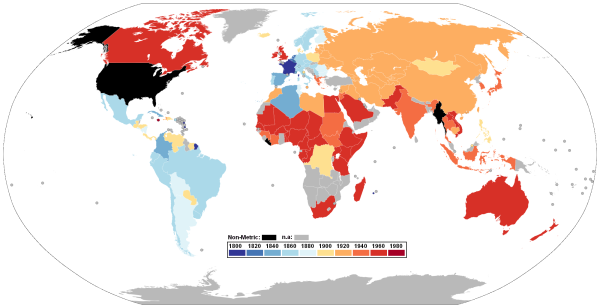
But switching to metric isn’t exactly a cakewalk. The US is a big country. Imagine the amount of money needed to switch things like road signs. Additionally, it will take lots of time to switch everything. Sure, getting a grasp on the metric system is easy, but getting used to it means knowing how to estimate and use those units in daily life. Most Americans don’t even understand what numbers measured in Celsius mean!
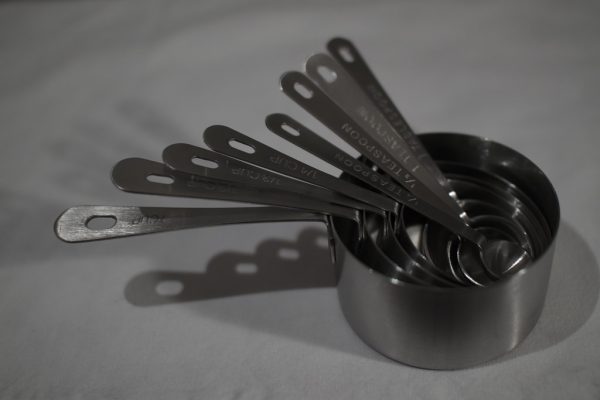
What about those who have only learned about the imperial system? They have to adapt to a whole new system. What about cookware that only measures in cups, or scales that only measure in pounds? Those will have to be replaced. What about renovating a home designed with Imperial? You’ll only have metric parts to use, creating inconveniences.
And, considering that there isn’t a pile of money or your life on the line when converting units in your daily life, why not continue? People have been mostly fine using the imperial system, and besides, there are better problems to tackle.
Your Turn
A ruler usually has two units of measurement: Inches and centimeters. Which one will you choose? It’s up to you to decide if you’re sticking with imperial, or if you want to go with the simplicity of metric.
RELATED STORIES:
https://www.interexchange.org/blog/hosts/imperial-vs-metric-system/
https://ukma.org.uk/press/reasons-to-metricate/
https://www.britannica.com/story/why-doesnt-the-us-use-the-metric-system
TAKE ACTION:
Sign a petition to get the U.S. to adopt the metric system: https://sign.moveon.org/petitions/change-to-the-metric
